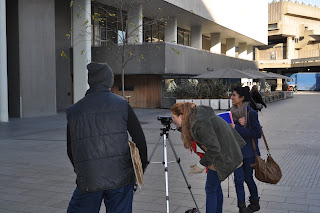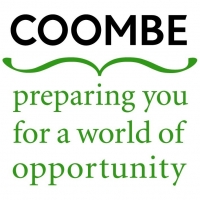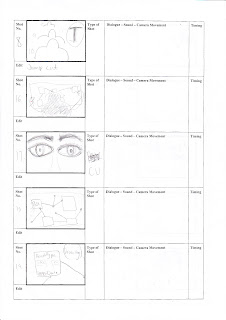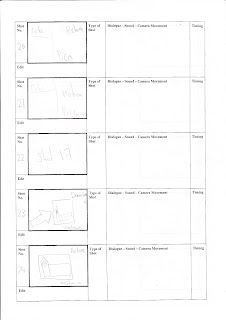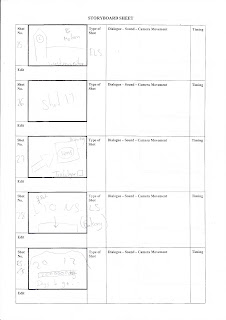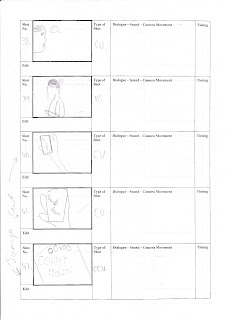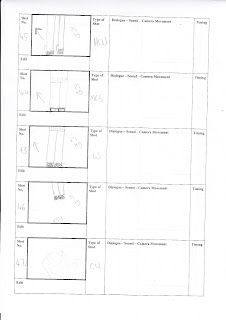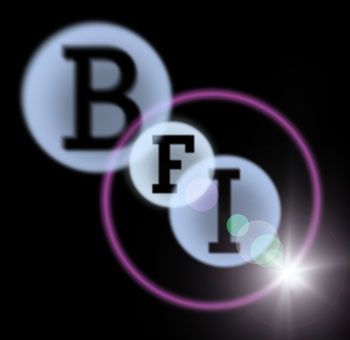 The British Film Institute (BFI) is a charitable organisation established by Royal Charter to: encourage the development of the arts of film, television and the moving image throughout the United Kingdom, to promote their use as a record of contemporary life and manners, to promote education about film, television and the moving image generally, and their impact on society, to promote access to and appreciation of the widest possible range of British and world cinema and to establish, care for and develop collections reflecting the moving image history and heritage of the UK.
The British Film Institute (BFI) is a charitable organisation established by Royal Charter to: encourage the development of the arts of film, television and the moving image throughout the United Kingdom, to promote their use as a record of contemporary life and manners, to promote education about film, television and the moving image generally, and their impact on society, to promote access to and appreciation of the widest possible range of British and world cinema and to establish, care for and develop collections reflecting the moving image history and heritage of the UK. A production company provides the physical basis for works in the realms of the performing arts, new media art, film, television, radio and video.
A production company provides the physical basis for works in the realms of the performing arts, new media art, film, television, radio and video.Production companies may be directly responsible for fundraising for the production or may accomplish this through a parent company, partner or private investor. They handle: budgeting,
 scheduling, scripting, the supply with talent and sources, the organisation of stuff, the production itself, post-production, distribution and marketing. Production companies are often
scheduling, scripting, the supply with talent and sources, the organisation of stuff, the production itself, post-production, distribution and marketing. Production companies are often either owned or under contract with a media conglomerate, film studio or entertainment company, who act as the production company's parent company, together, this has become known as the 'studio system'. They can also be mainstream independent or completely independent. Production companies can also work together in co-productions.
 Some of the major and notable film production companies include:
Some of the major and notable film production companies include:- DreamWorks Pictures & Animation.
- 20th Century Fox.
- Universal Studios.
- Paramount Pictures.
- Columbia Pictures.
- Warner Bros. Pictures.
- Walt Disney Pictures.
- Lions Gate Entertainment.


